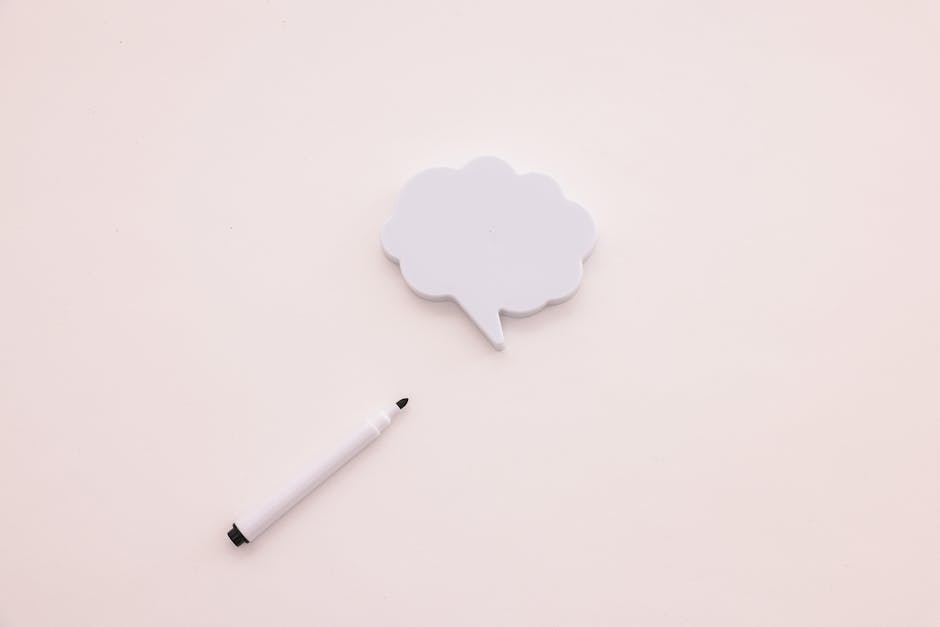The Art of Communication: Tips for Effective Dialogue
Ever felt like you’re speaking, but no one’s truly listening? 🤔 Communication is more than just exchanging words; it’s about building connections and understanding each other. Let’s dive into the art of communication and discover how you can enhance your dialogue skills!
Table of Contents
1. Introduction
2. The Importance of Active Listening 👂
3. Choosing the Right Words 💬
4. Non-Verbal Cues and Their Impact 👀
5. The Role of Empathy in Communication 🤝
6. Conclusion
7. FAQs
The Importance of Active Listening 👂
Active listening is the foundation of effective communication. It’s about truly hearing what the other person is saying, both verbally and non-verbally. Here are some tips to become a better listener:
1. Be Present: Put away your phone and give your full attention to the speaker. This shows respect and helps you catch all the nuances of the conversation.
2. Reflect and Clarify: Paraphrase what the speaker has said to ensure understanding. For instance, “So, what you’re saying is…?”
3. Avoid Interrupting: Let the speaker finish their thoughts before jumping in. This not only shows respect but also prevents misunderstandings.
Choosing the Right Words 💬
Words are powerful tools in communication. Choose them wisely to convey your message clearly and effectively. Here are some strategies:
1. Be Clear and Concise: Avoid jargon and overly complex language that might confuse the listener. Simplicity is key!
2. Use Positive Language: Frame your words positively to create an encouraging environment. For example, instead of saying “Don’t forget,” say “Please remember.”
3. Tailor Your Language: Adapt your vocabulary to suit your audience, whether it’s a formal meeting or a casual chat with friends.
Non-Verbal Cues and Their Impact 👀
Non-verbal communication can speak louder than words. Here’s how you can make sure your body language matches your message:
1. Maintain Eye Contact: This builds trust and shows you’re engaged in the conversation.
2. Be Mindful of Your Tone: Your tone of voice can convey emotions and intentions. Ensure it aligns with your words.
3. Watch Your Gestures: Use gestures to emphasize points but avoid overdoing it, which can be distracting.
The Role of Empathy in Communication 🤝
Empathy is crucial in understanding others’ perspectives and building meaningful connections. Here’s how you can incorporate empathy into your conversations:
1. Listen with an Open Mind: Avoid preconceived notions and be open to different viewpoints.
2. Validate Feelings: Acknowledge the emotions of others by saying things like, “That sounds really challenging.”
3. Practice Patience: Give the speaker time to express themselves without rushing them.
Conclusion
Mastering the art of communication involves a delicate balance of listening, speaking, and understanding. By incorporating active listening, choosing your words carefully, being aware of non-verbal cues, and practicing empathy, you can significantly improve your dialogues. Remember, effective communication is a skill that can be honed over time. So, keep practicing and watch your relationships flourish! 🌟
FAQs
1. How can I improve my listening skills?
Practice active listening by being present, reflecting on what’s said, and avoiding interruptions. This will help you understand and engage more deeply.
2. Why is non-verbal communication important?
Non-verbal cues complement your words and convey emotions and attitudes, enhancing the overall message.
3. What role does empathy play in communication?
Empathy helps you understand others’ perspectives, fostering trust and stronger connections in your dialogues.
4. How can I make sure my message is clear?
Use simple, positive language and tailor your words to your audience to ensure clarity and understanding.
5. What are some common barriers to effective communication?
Common barriers include distractions, preconceived notions, and lack of empathy, all of which can be overcome with practice and awareness.





